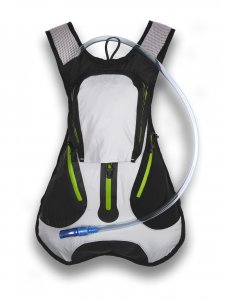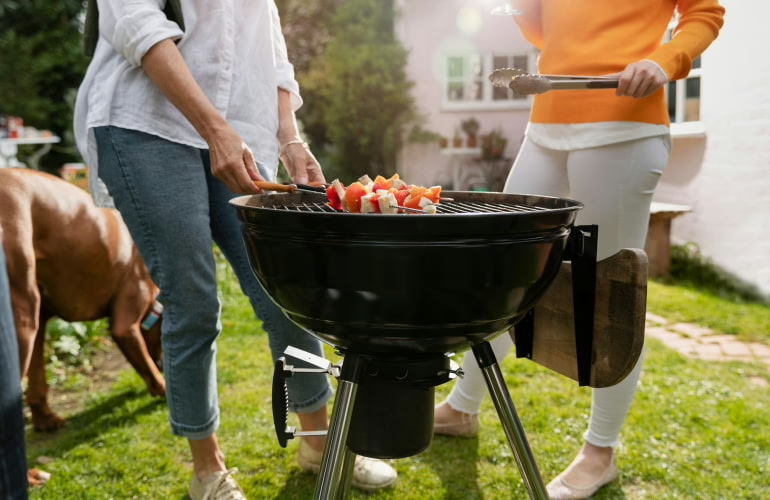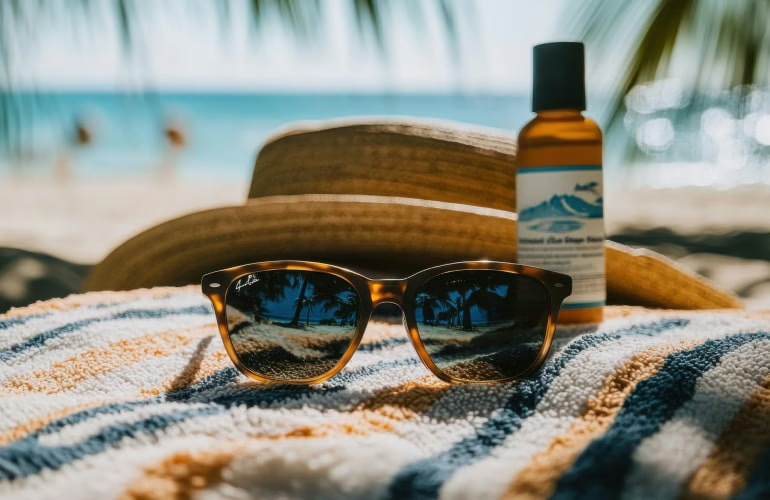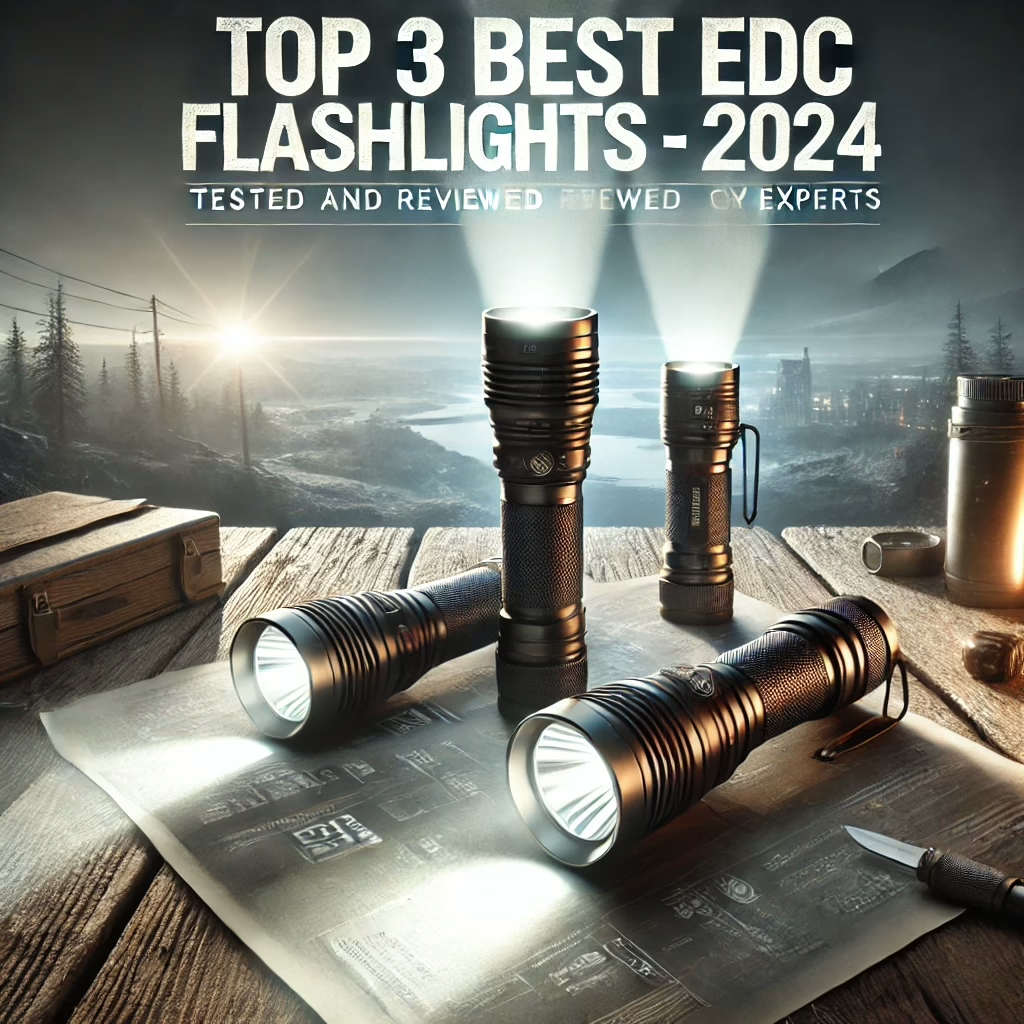Advertising Disclosure
Want To Drink More Water? Here Are the Best Products to Help
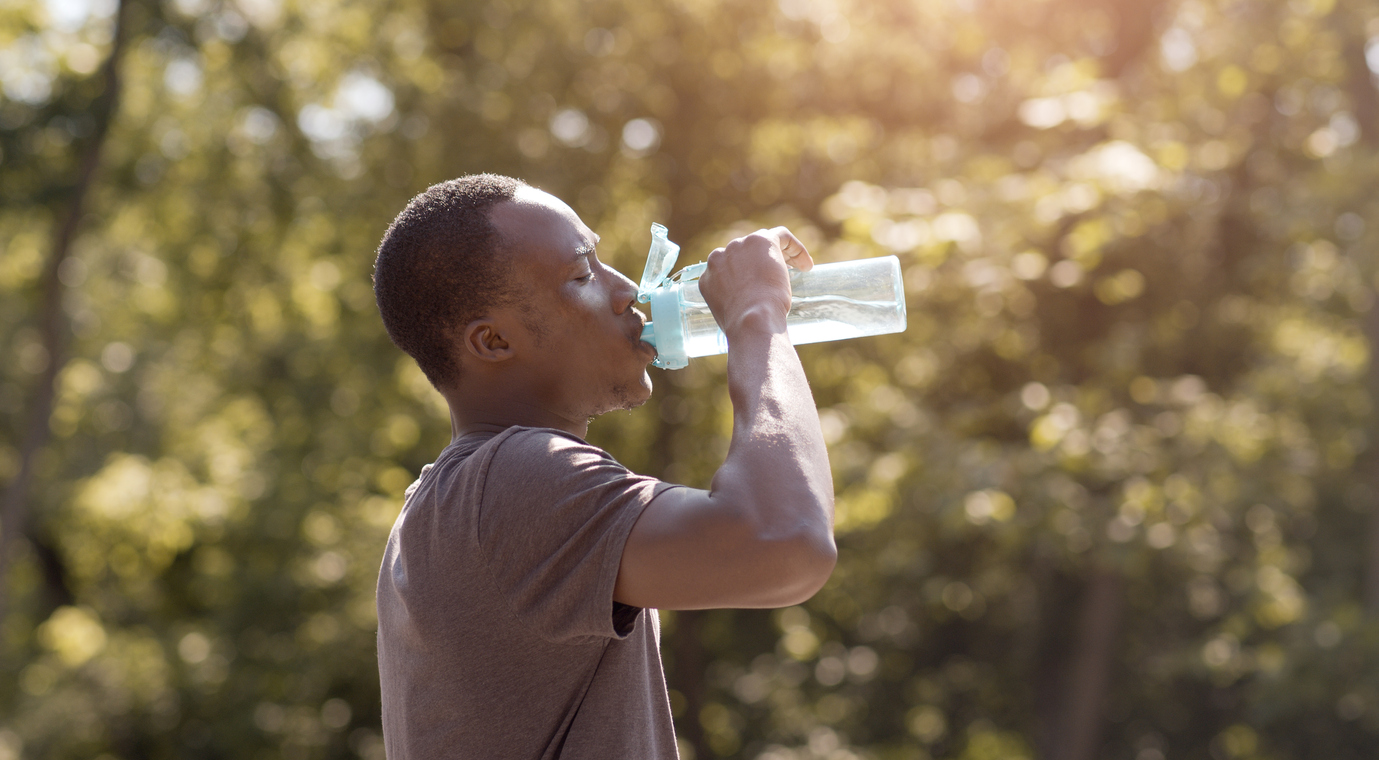
Water is life. And being stuck somewhere without enough of it can be life-or-death situation. Dehydration negatively affects physical performance, so whether you’re on the water, on your bike or on foot, it’s paramount you have plenty of water readily accessible either from a water bottle or a hydration pack. There are pros and cons to both forms of hydration. And there are a few key things to consider when deciding which one is right for you. If you’re ready to get out and enjoy the best of what nature has to offer, you’ll likely want a reusable water bottle or a more hefty hydration pack and there are a few key things to consider when starting your search. So what is the best water bottle or hydration pack for your outdoor needs? Here’s everything you need to know before you decide.
What is the best water bottle?
Stainless steels water bottles
What your bottle is made of affects everything from the weight of the bottle to the temperature of the water inside it. If you like big, cold gulps, consider a stainless-steel product such as the Hydro Flask Wide Mouth water bottle. Double wall insulation keeps beverages cold up to 24 hours, and the bottle’s wide mouth makes it easy to get water into yours.
Plastic water bottles
Steel bottles are durable and won’t wear down quickly, but they may dent if dropped. If you regularly leave your bottle on top of your SUV or get butter fingers while getting that mountain high, you may want to consider a plastic bottle. Plastic bottles such as the Nalgene Wide Mouth Tritan water bottle are a good option if you prefer something that is slightly lighter and won’t dent if dropped or banged around. It’s durable, it’s leak-proof and it withstands the elements. Drawbacks to plastic bottles are they don’t keep your water cold, and they may erode over time. If you go the plastic water bottle route, opt for one that’s BPA-free, as sun may cause a bottle that’s not BPS-free to release harmful toxins into your water.
Glass water bottles
Lastly, a glass water bottle may be your style. Some prefer glass water bottles because they hold no odor or flavor, whereas both stainless steel and plastic might. But glass is also heavier than both and more likely to break if dropped. If you choose glass, the London water bottle from BKR and Purifyou glass water bottle both offer a variety of sizes and styles, and they have silicone sleeves to aid in comfort and durability.
Use dictates design
Any bottle can do the job, but different designs lend themselves better to certain activities. For kayaking or canoeing, you’ll want something such as the original S’Well water bottle, which keeps cool in the sun and can take a beating. For mountain biking, consider a bottle with a squirt top such as the Camelbak Podium Chill water bottle. This style keeps water cold, fits in a bike cage, and allows access to water without stopping. For hiking, make sure to choose a water bottle that fits in an outside pocket of your pack for easy access. You might also consider a filtered water bottle such as the LifeStraw Go, which allows you to refill from lakes and streams on the go. Just make sure there’s water where you’re hiking before relying on this as an option.
What kind of hydration pack is best?
Hydration packs have made a splash in the outdoor scene. Basically backpacks filled with water, they allow you to carry and drink more water than a water bottles can, and they also let you stay hands-free. As with water bottles, there are key things to consider when choosing what style of hydration pack is right for you.
Vessels vary
While the bladders themselves vary, so do the packs that hold them. They range from single-purpose hydration pouches to daypacks with separate bladder compartments. If you’re mountain biking and all you need is water, a single-purpose pouch such as the Camelbak HydroBak hydration pack is a good option. For day hikes, a backpack such as the Osprey Skarab, with its separate compartment for the bladder, is the better option. This way, you can carry everything you need for the day as well as plenty of water.
Dryness aids durability
Hydration packs, and specifically their water bladders, require more maintenance than a water bottle. While you can (usually) toss your reusable water bottles in the dishwasher, you can’t do the same with a hydration bladder. There are specific ways to clean a hydration bladder, and they must be dried completely before storing. Otherwise, mold can form, which greatly shortens the bladder’s life. Both Camelbak and Osprey offer cleaning kits, and BonDry makes a drying product for hydration packs.
